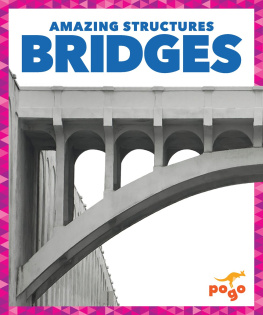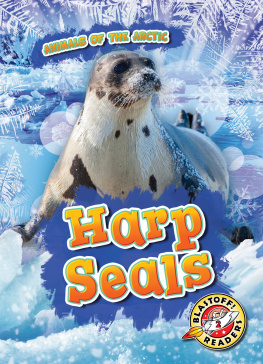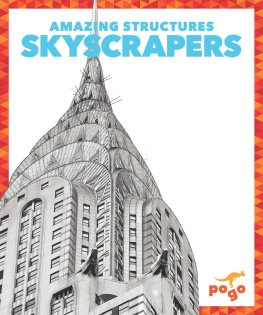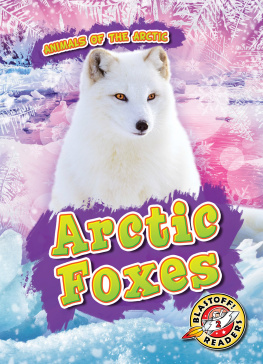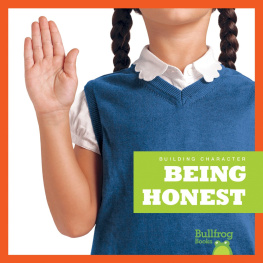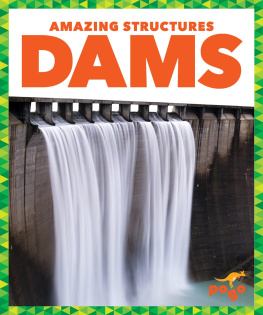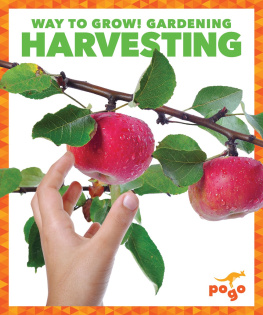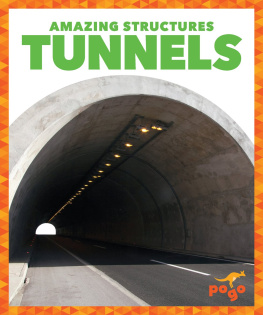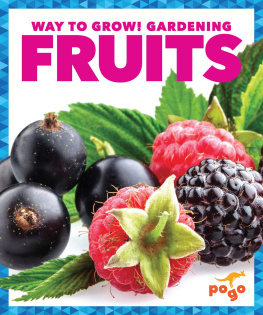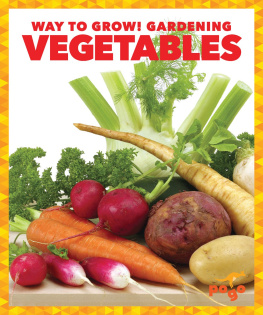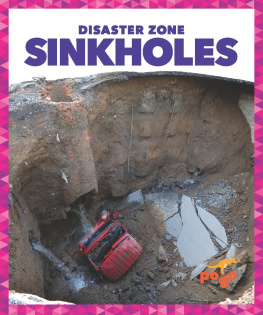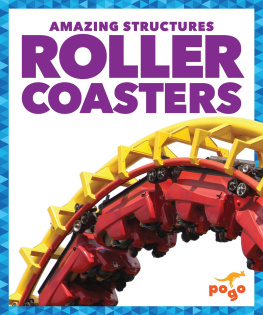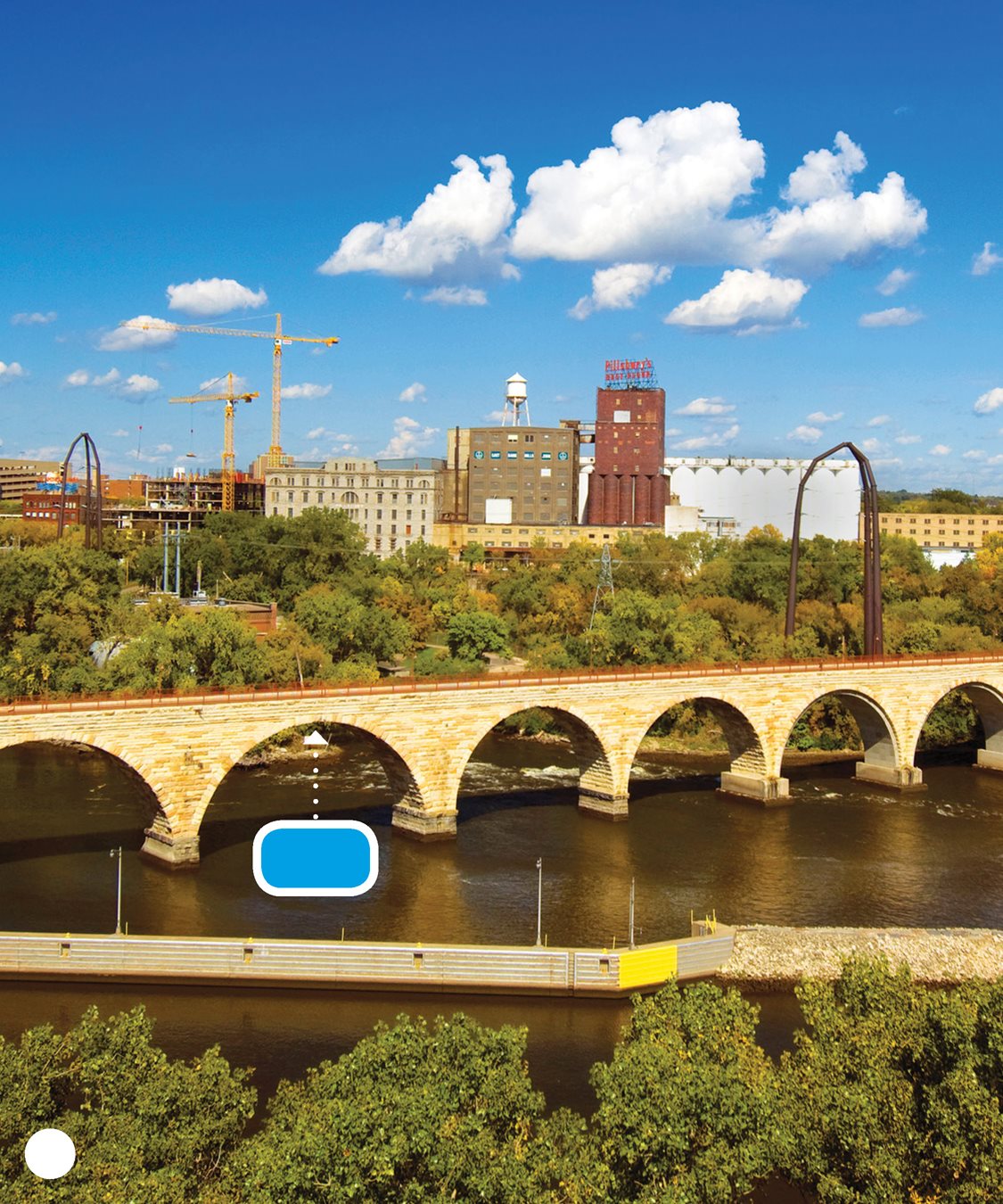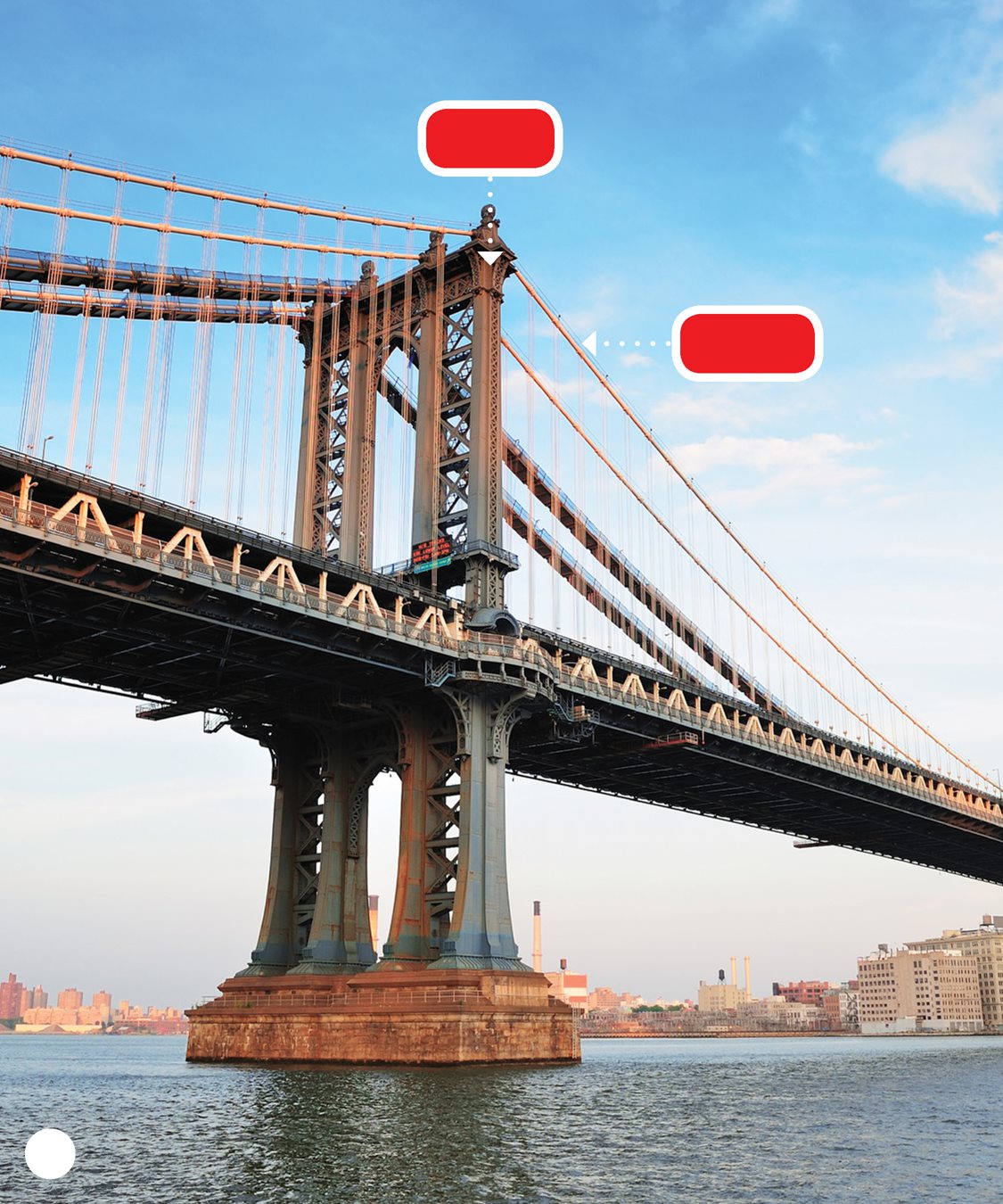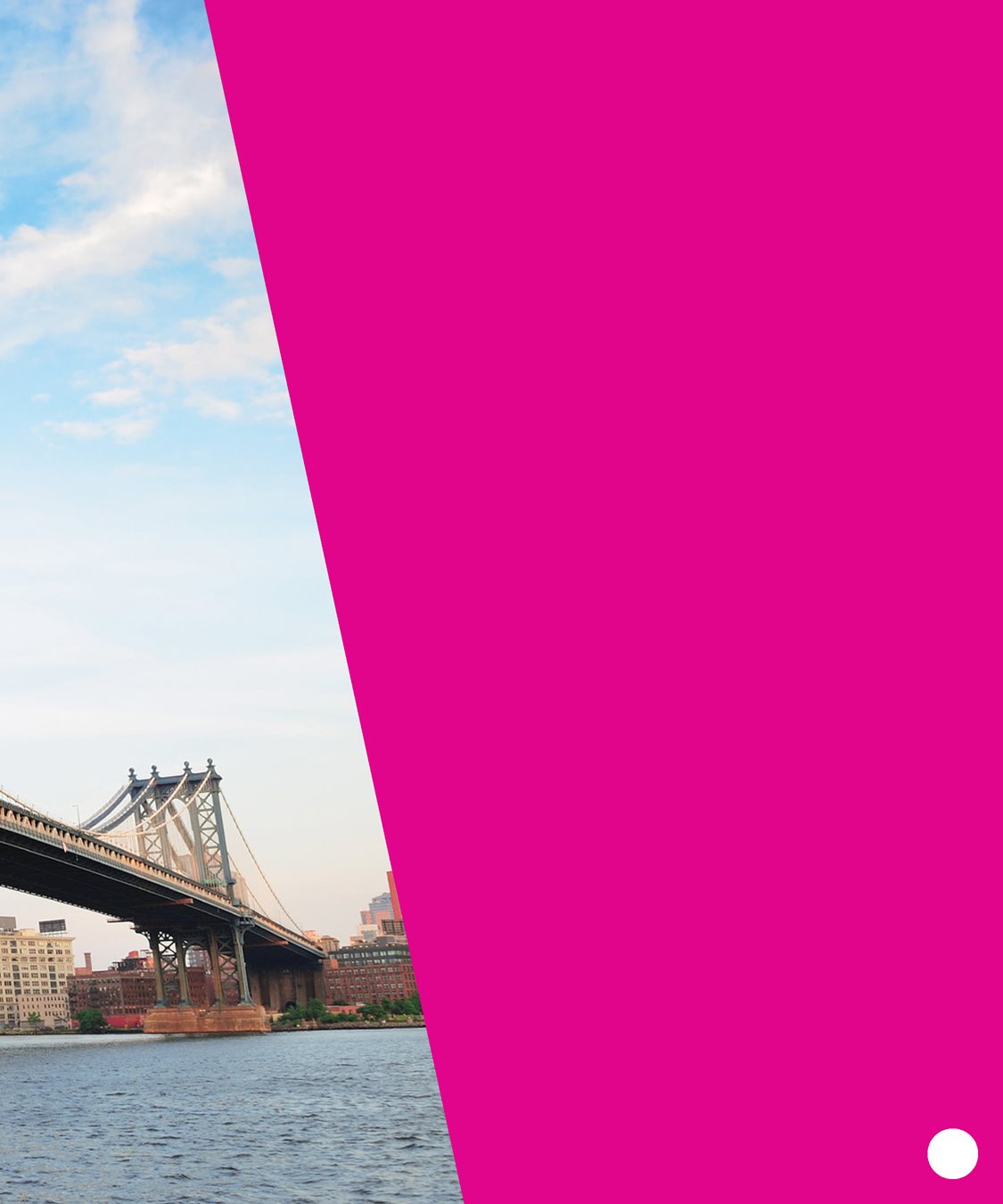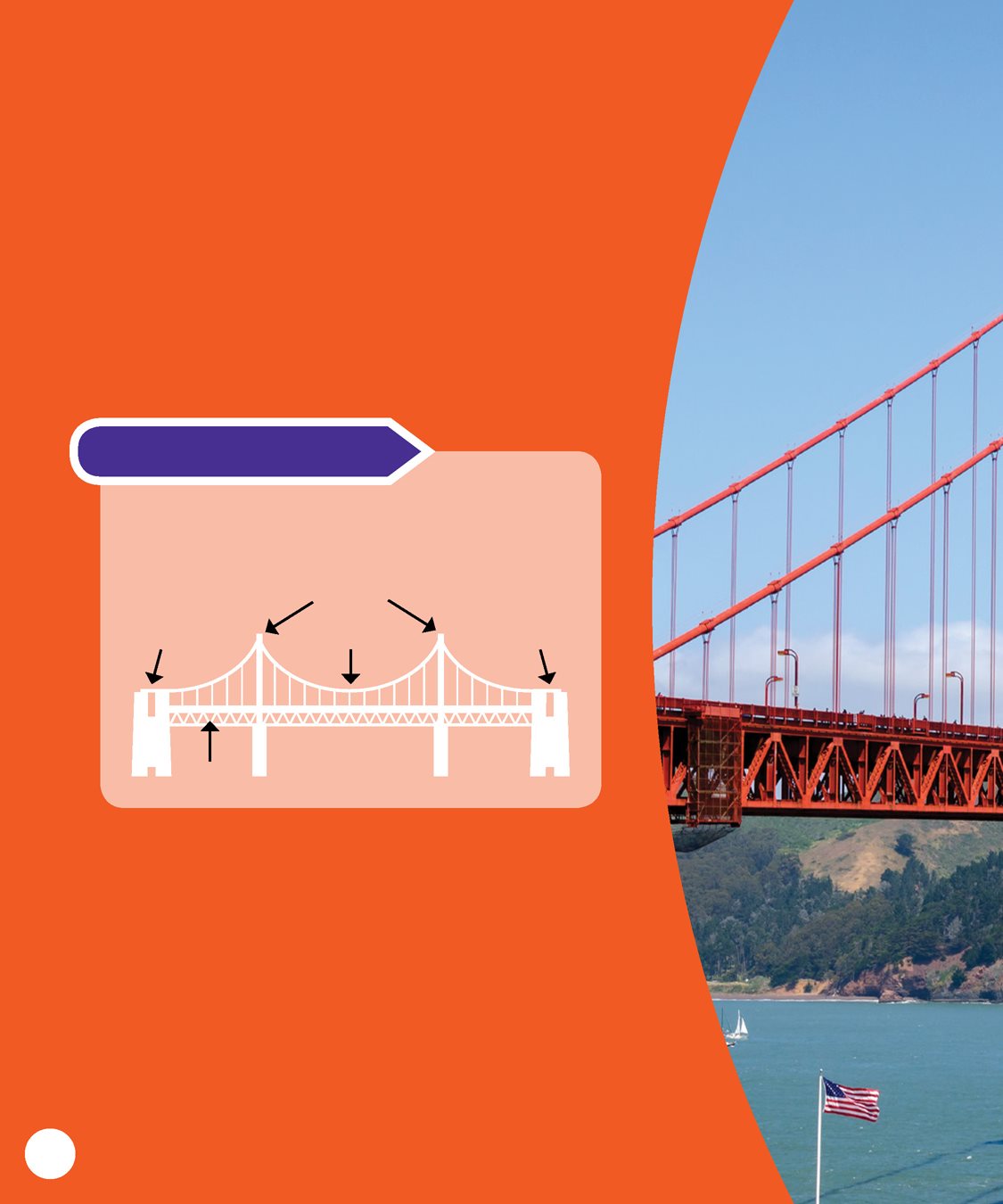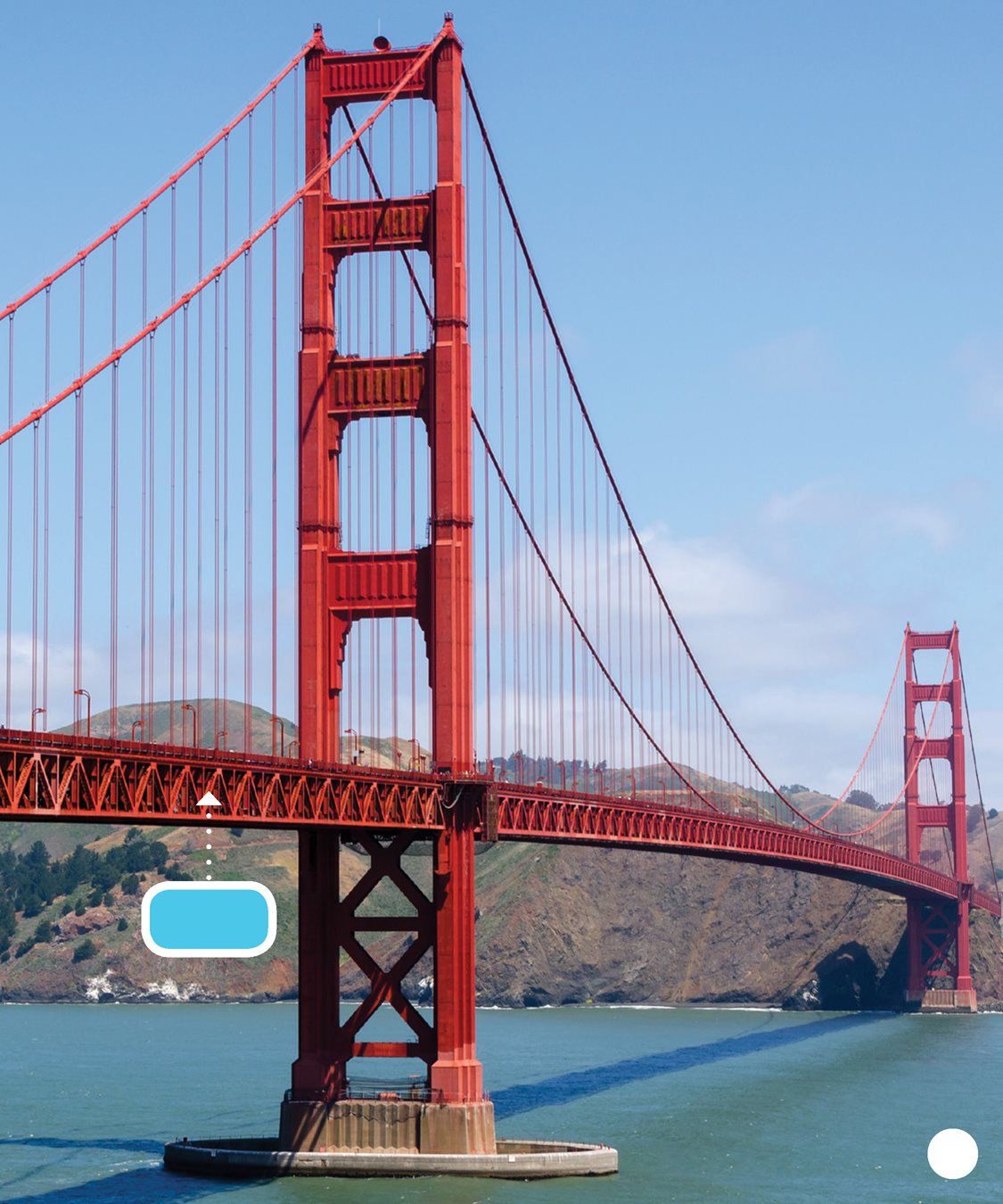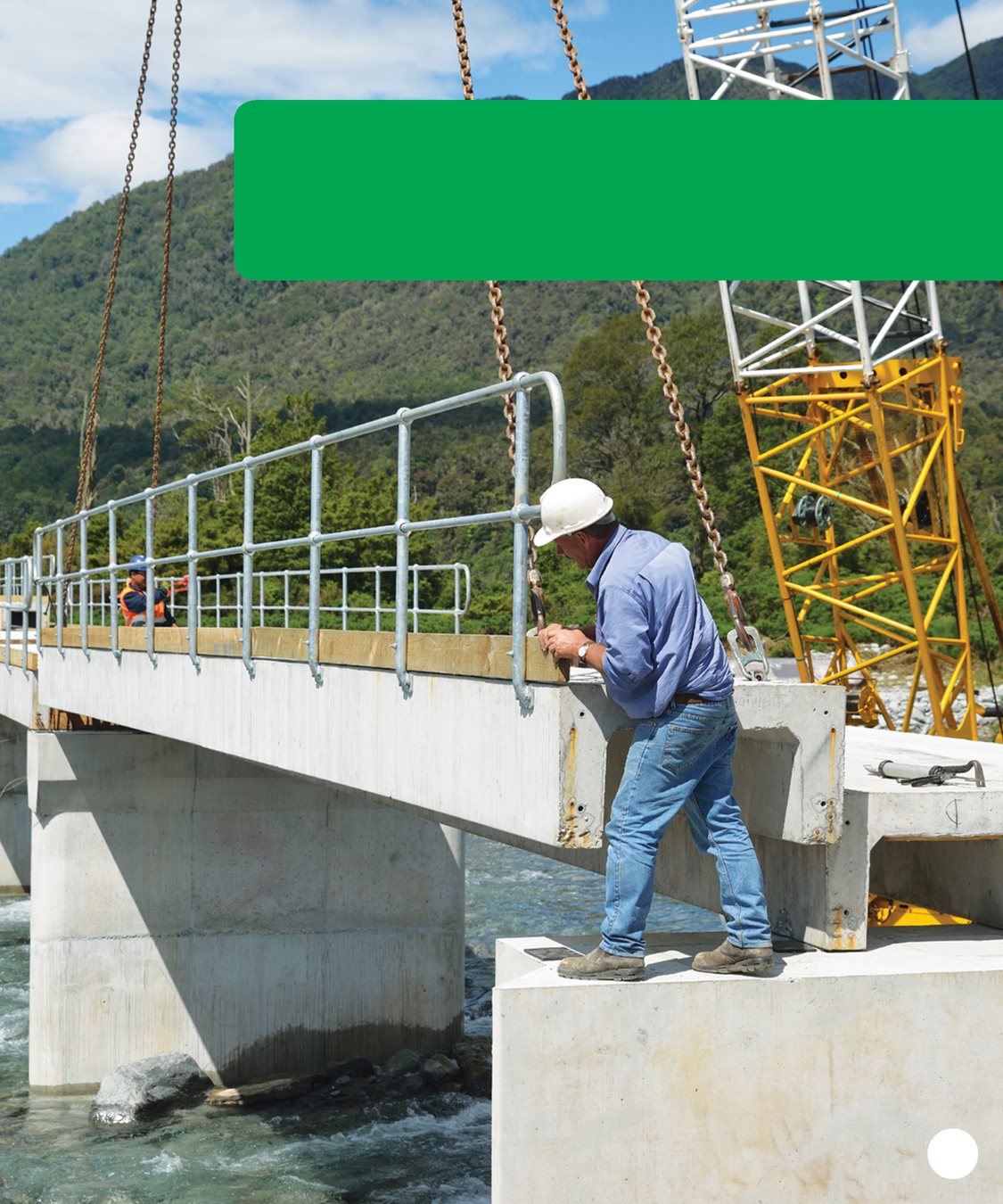Ideas for Parents
and Teachers
Pogo Books let children practice
reading informational text while
introducing them to nonfiction
features such as headings, labels,
sidebars, maps, and diagrams,
as well as a table of contents,
glossary, and index. Carefully leveled text with
a strong photo match offers
early fluent readers the support
they need to succeed.
Before Reading
Walk through the book and
point out the various nonfiction
features. Ask the student what
purpose each feature serves. Look at the glossary together.
Read and discuss the words.
Read the Book
Have the child read the book
independently.
Invite him or her to list questions
that arise from reading.
After Reading
Discuss the childs questions.
Talk about how he or she might
find answers to those questions. Prompt the child to think more.
Ask: Have you ever been on an
especially memorable bridge?
What was it like? Pogo Books are published by Jump! 5357 Penn Avenue South Minneapolis, MN 55419 www.jumplibrary.com Copyright 2016 Jump! International copyright reserved in all countries. No part of this book may be reproduced in any form
without written permission from the publisher. Library of Congress Cataloging-in-Publication Data Pettiford, Rebecca, author. pages cm. (Amazing structures) Audience: Ages 79. (Amazing structures) Audience: Ages 79.
Includes bibliographical references and index. ISBN 978-1-62031-211-7 (hardcover: alk. paper) ISBN 978-1-62496-298-1 (ebook) 1. BridgesJuvenile literature. I. Title.
TG148.P48 2016 624.2dc23 2014042533 Series Editor: Jenny Fretland VanVoorst Series Designer: Anna Peterson Photo Researcher: Anna Peterson Photo Credits: All photos by Shutterstock except:
Alamy, . Printed in the United States of America at
Corporate Graphics in North Mankato, Minnesota.
TABLE OF CONTENTS
CHAPTER 1
Why Do We Use Bridges? CHAPTER 2
Types of Bridges CHAPTER 3
Building Bridges
CHAPTER
WHY DO WE
USE BRIDGES?
Did you ever see a tree lying across
a stream? Did you walk on it to get
to the other side? CHAPTER 1
Long ago, trees that fell across
streams may have given people
the idea for building bridges. CHAPTER 1
CHAPTER 1
Bridges make our lives easier.
They help us cross rivers,
roads, and valleys.
Without them, we would
have to walk farther. Early bridges were made
of stone, wood, and rope.
Today, builders also use
steel and concrete. DID YOU KNOW? Did you know that animals use
bridges too? Wildlife crossings
are bridges built to help
animals cross busy
roads.
In doing so,
they prevent car
accidents. They save
the lives of people
and animals. CHAPTER 1
Bridges have to be strong
to handle both the weight
of traffic and the bridge itself.
They have to stand up to strong
winds and changing weather. There are several types of
bridges. Lets look at a few. CHAPTER 1
CHAPTER 1
CHAPTER
TYPES OF
BRIDGES
A beam bridge has a simple shape.
It uses a firm beam and a pier at
each end.
CHAPTER 2
beam pier If the piers are far apart, the beam
will not be as strong. Most beams
are made of steel or concrete. CHAPTER 2
arch CHAPTER 2
An arch bridge is one
of the oldest bridge designs.
It has been used for more
than 3,000 years. Its strength comes from
its curved shape. The arch
presses down from the
top. The ground resists
with the same force.
DID YOU KNOW? Most bridges are fixed.
They dont have any
moving parts.
But lift bridges have
a movable roadway.
The road can be
raised to allow ships
to pass underneath. CHAPTER 2
tower cables CHAPTER 2
On a suspension bridge
the road hangs from cables.
The cables hang between
two or more towers. The towers bear most of the
weight. Supporting cables
are fixed to solid rock
or large concrete blocks
called anchorages . CHAPTER 2
This bridge often has
a truss under the road.
It looks like a pattern
of short triangles. It keeps
the bridge strong and
steady in the wind.
TAKE A LOOK! Many parts work together to make
a bridge safe. anchorage towers cables anchorage truss CHAPTER 2
truss CHAPTER 2
CHAPTER
BUILDING
BRIDGES
Bridge engineers plan and build
new bridges. They make sure a bridge
can support all the
weight it must carry. CHAPTER 3
They make sure it is steady in strong
wind and bad weather. They also fix

